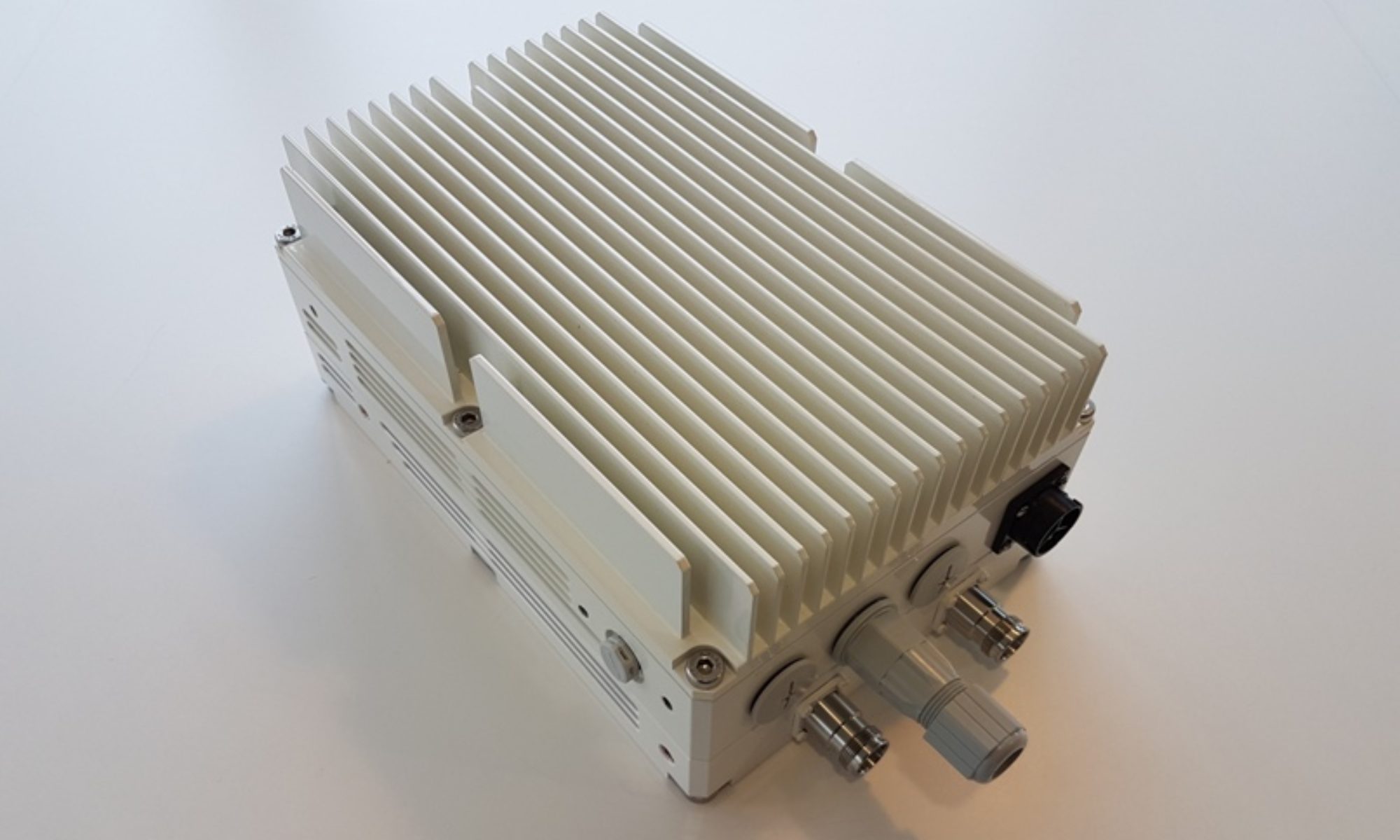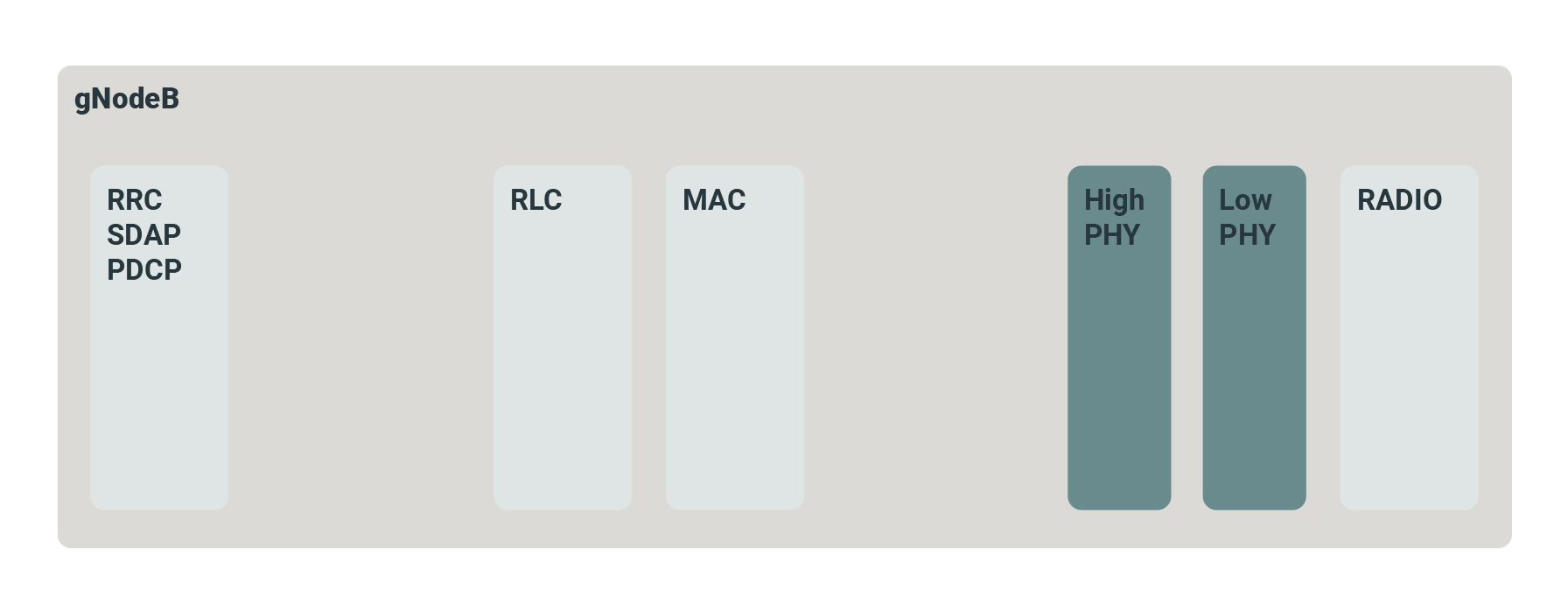Functional Split Options for gNodeB 5G-NR Base Stations
A major benefit of 5G for Mobile Network Operators (MNOs) is the prospect of migrating from custom network nodes to a far more flexible approach that enables network nodes to be implemented in software running on generic hardware platforms. In the core network, this process is in an advanced state, with virtualisation and orchestration techniques from the IT world now being used to deploy network functions automatically at a large scale. The functional “split” is key to achieving efficiency gains.
The process is significantly more difficult in the RAN and backhaul network, and the prize for MNOs is greater here as these functions typically account for 70-80% of Capex. In Release 15, the 3GPP identified various functional splits in the 5G NR RAN gNodeB (base station) that would facilitate this process, identifying eight possible places where the gNodeB function could be split into separate functional units. The most popular of these “split” options are:
Split 0 – gNodeB Integrated Small Cell
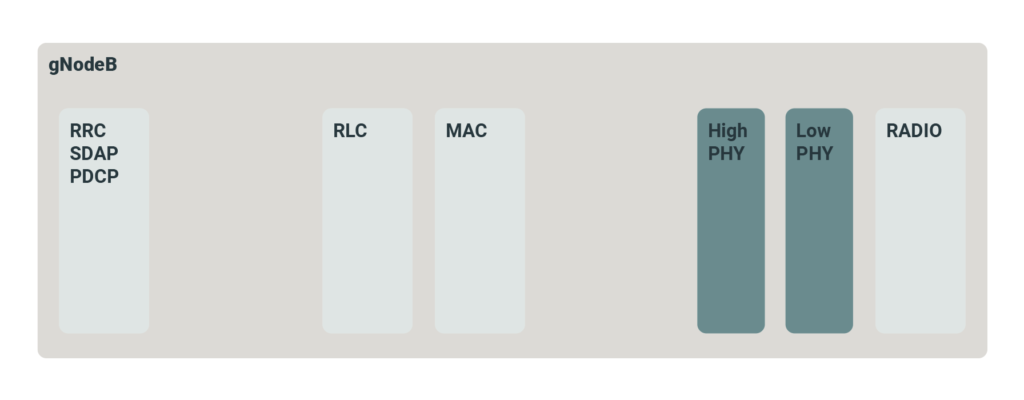
Split 2 – 3GPP F1
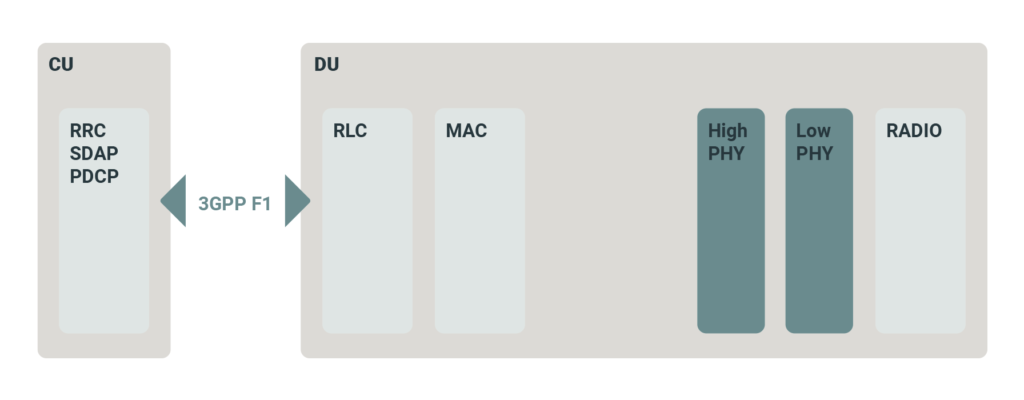
Split 6 – Small Cell Forum (SCF) nFAPI
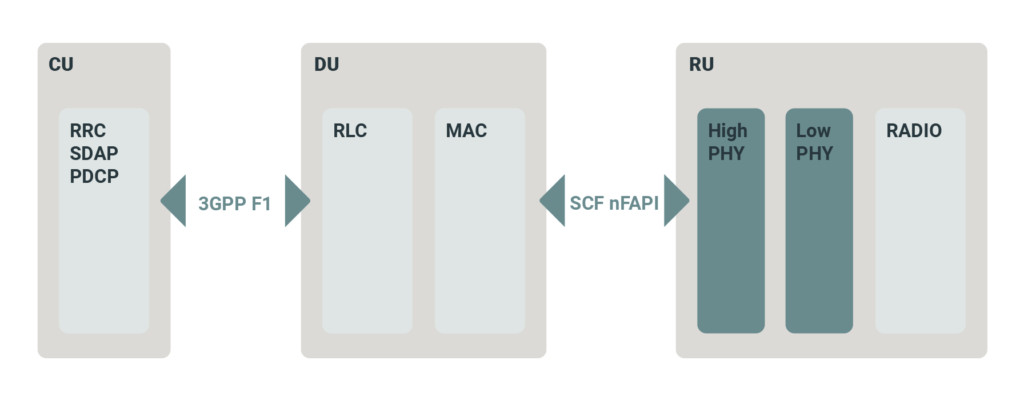
Split 7.2 – O-RAN Open Fronthaul
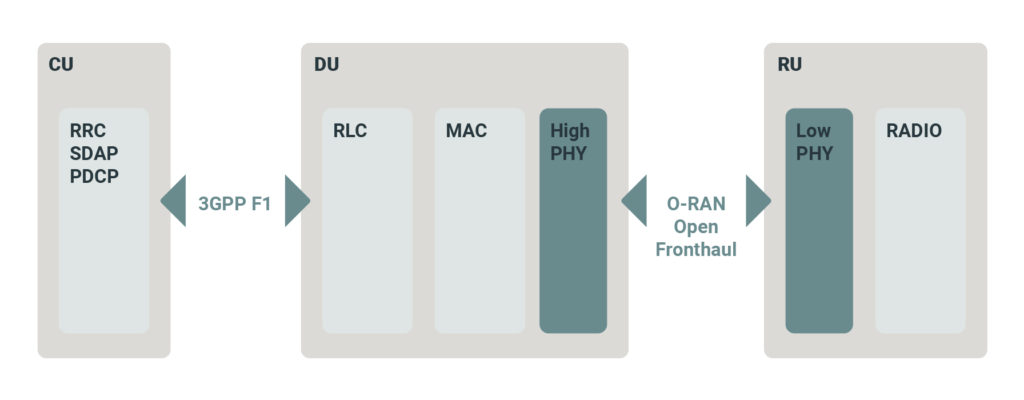
Split 8
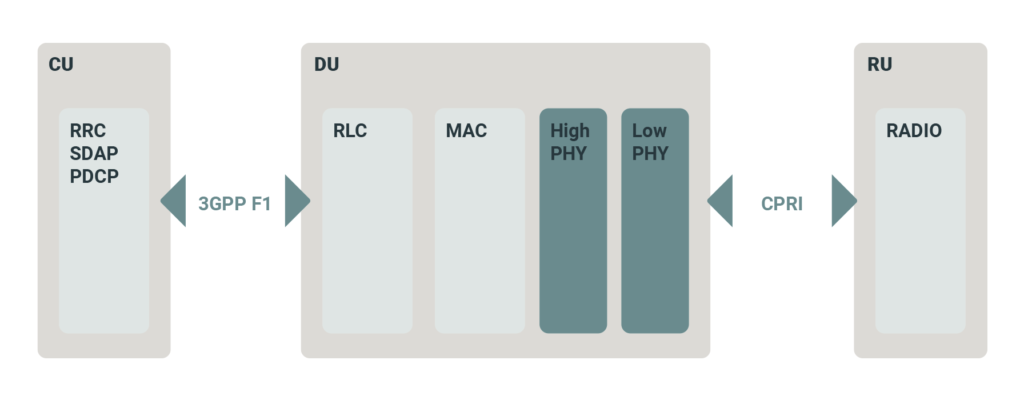
Industry Body Backed Split Option Definitions
3GPP specified the higher layer F1 interface, but additional interfaces at lower layer splits have also been specified by other industry bodies, and offer different relative advantages and disadvantages.
- The Split 6 interface protocol is the Network FAPI (nFAPI), specified by the Small Cell Forum, where the MAC and PHY functions are physically separate.
- The Split 7 interface has been specified by the O-RAN Alliance, which has adopted the eCPRI interface as its basis. Whereas CPRI passes digitised RF signals to the antenna using a proprietary serial protocol, eCPRI uses Ethernet. Moreover, in O-RAN fronthaul, it is frequency domain samples that are transported between the upper PHY and lower PHY, which leads to advantages.
- The Split 8 interface is mainly being considered where there are legacy systems and existing hardware and cabling/fibre can be reused.
For Further Information
Please Contact Us
